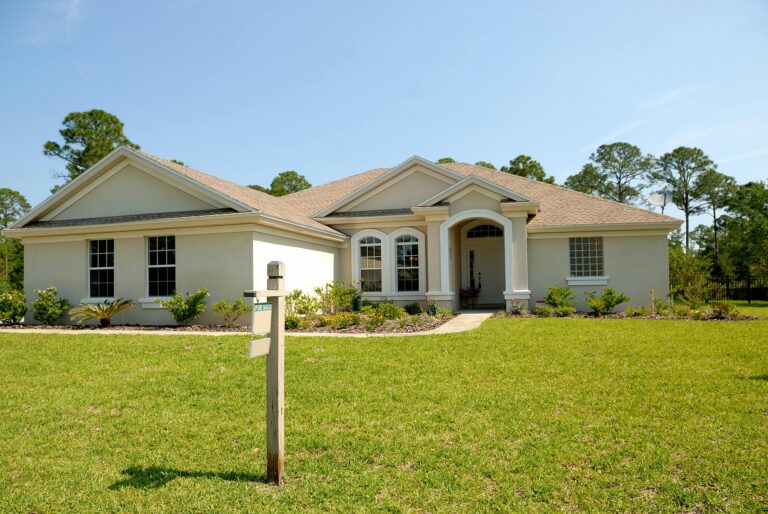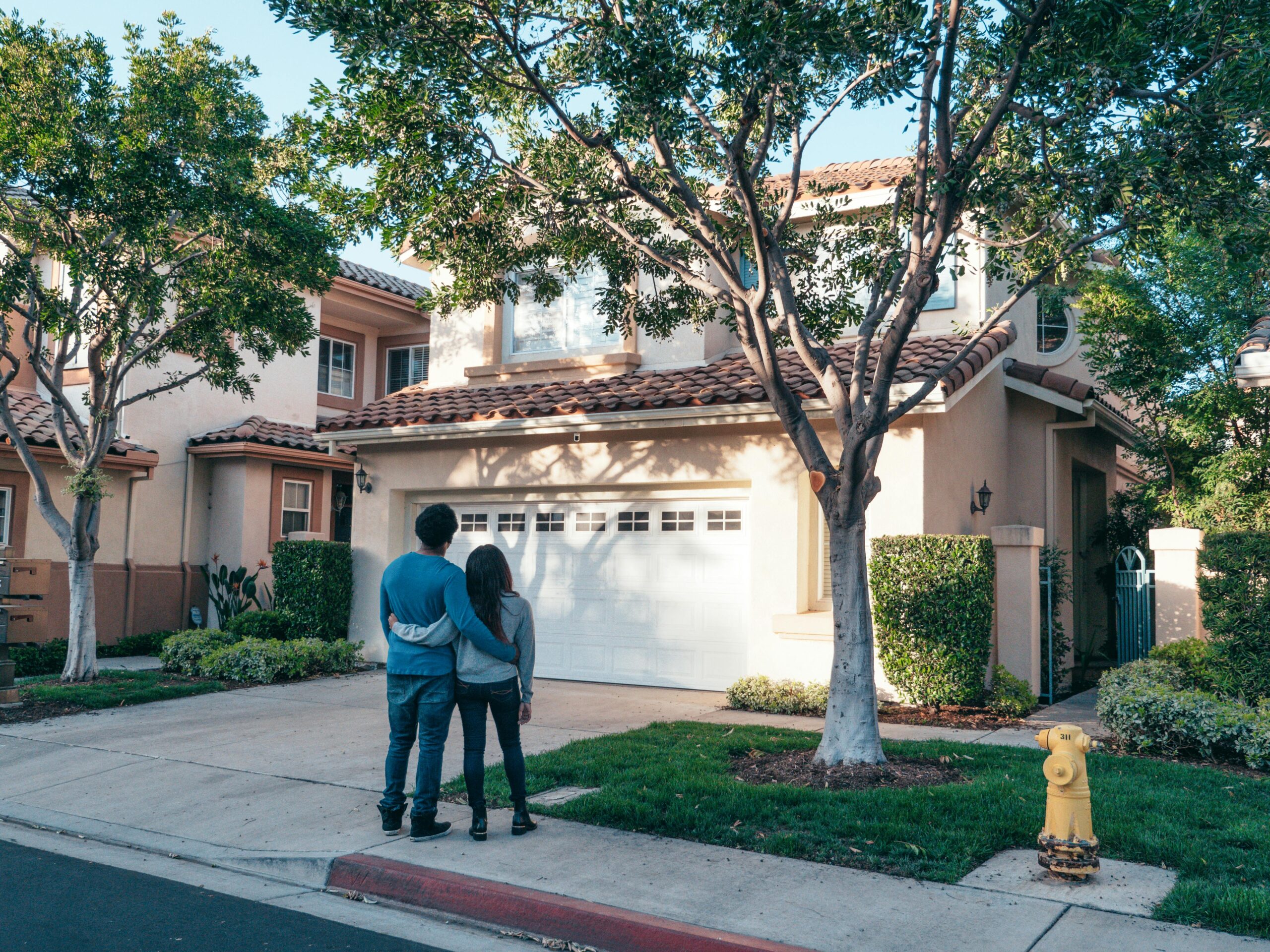The American housing market is facing a persistent and painful reality: there simply aren’t enough homes available to meet demand. The housing inventory shortage has become one of the most talked-about issues in real estate today, impacting everything from home prices to rental costs, and putting homeownership out of reach for millions of Americans.
While this shortage isn’t new, recent economic trends, demographic shifts, and structural challenges have pushed the issue to crisis levels. Understanding what’s causing this shortage—and how it’s impacting buyers, sellers, and communities—is key to solving the problem.
What Is a Housing Inventory Shortage?
A housing inventory shortage occurs when the number of homes for sale is insufficient to meet buyer demand. In most real estate markets, a six-month supply is considered balanced—meaning it would take six months to sell all homes currently on the market at the current sales pace.
Today, many U.S. markets have two months of inventory or less, creating intense competition, bidding wars, and price surges. According to the National Association of Realtors (NAR), as of early 2025, the national housing supply remains at historically low levels despite interest rate adjustments and slowing price growth.
1. Underbuilding Over the Last Decade
One of the primary causes of the housing shortage is a long-term decline in homebuilding. After the 2008 financial crisis and housing market crash, new construction plummeted—and never fully recovered.
Homebuilders became more cautious, and many small to mid-sized firms exited the market. As a result, millions of homes that should have been built between 2010 and 2020 never materialized.
According to estimates from Freddie Mac, the U.S. is short by around 3.8 million housing units, including both for-sale homes and rentals. The construction deficit is especially pronounced in starter homes, which are vital for first-time buyers.
2. High Construction Costs and Regulatory Barriers
Even as demand for homes has soared in recent years, building new housing remains expensive and difficult.
Factors include:
-
Rising material costs: Lumber, concrete, and steel prices have surged due to inflation, supply chain disruptions, and global demand.
-
Labor shortages: The construction industry faces a serious lack of skilled workers, slowing down building timelines and increasing costs.
-
Zoning laws and permitting delays: Local regulations often limit high-density development or require long approval processes, particularly in urban and suburban areas.
These challenges discourage new development and limit the kinds of housing that can be built. In many areas, multi-family housing and affordable units are especially difficult to develop, worsening the shortage for middle- and lower-income families.
3. Homeowners Staying Put Longer
Another key driver of the inventory crisis is that homeowners are staying in their homes longer than ever before.
Before the Great Recession, the average homeowner moved about every 6 to 7 years. Today, that number has risen to over 13 years, according to real estate data providers.
Why are people staying longer?
-
Low mortgage rates: Many homeowners locked in historically low interest rates between 2020 and 2022. With current rates nearly double, selling and buying a new home now would mean higher monthly payments.
-
Aging in place: Baby boomers are choosing to age in their homes rather than downsize or move into retirement communities.
-
Lack of better options: Even those who want to move often can’t find a suitable or affordable replacement home.
This trend reduces turnover and further limits the number of homes hitting the market.
4. Investor Activity and Institutional Buyers
Investor activity—especially from large institutions—has also contributed to the inventory crunch.
How?
-
Institutional investors have purchased single-family homes in bulk, converting them into rentals.
-
These buyers often pay in cash, making it hard for regular buyers to compete.
-
In some markets, investors account for 20% or more of home purchases, taking supply off the market for would-be homeowners.
While real estate investment supports rental markets, it reduces the pool of available homes for purchase, especially in entry-level and middle-tier price ranges.
5. Surging Demand from Millennials and Gen Z
On the demand side, a massive wave of millennials and Gen Z adults are entering their prime home-buying years. Millennials now make up the largest cohort of homebuyers in the U.S., and Gen Z is following closely behind.
This generational surge in demand is colliding with a short supply, creating intense competition for limited listings. Many first-time buyers are being priced out or forced into long searches, delaying the dream of homeownership.
6. Pandemic-Era Market Acceleration
The COVID-19 pandemic intensified the housing shortage in several ways:
-
Remote work enabled migration to suburbs and smaller cities, driving up demand in previously affordable areas.
-
Record-low mortgage rates in 2020 and 2021 spurred a buying frenzy, draining inventory.
-
Supply chain disruptions made it harder to build new homes on schedule.
Even as the market cools in 2025 due to rising interest rates, the underlying supply issues persist.
7. Affordable Housing Crisis
Not all housing shortages are equal. The crisis is especially severe in affordable and workforce housing—homes priced for teachers, healthcare workers, retail staff, and service industry employees.
Rising land prices, construction costs, and regulatory barriers make it difficult for developers to profitably build lower-cost housing. As a result, new construction skews toward luxury or high-end properties, leaving a widening affordability gap.
Impacts of the Housing Inventory Shortage
The consequences of low inventory are wide-ranging and deeply felt:
-
Higher home prices: Limited supply means buyers bid up prices, sometimes far above asking.
-
Housing insecurity: Renters have fewer paths to ownership, and rising rents make saving even harder.
-
Wealth inequality: Homeowners build equity, while renters fall further behind.
-
Economic strain: High housing costs discourage relocation, limit workforce mobility, and exacerbate inequality.
What Can Be Done?
Solving the inventory crisis will take coordinated action across local, state, and federal levels, as well as private sector innovation.
Solutions may include:
-
Zoning reform: Allowing duplexes, triplexes, and multi-family units in single-family neighborhoods.
-
Incentives for builders: Tax credits or subsidies for affordable housing development.
-
Streamlining permits: Faster approval processes to reduce red tape.
-
Public-private partnerships: Collaborations to build affordable and mixed-income housing.
-
Creative use of land: Converting underused commercial buildings into residential spaces.
While these solutions won’t solve the problem overnight, they represent critical steps toward creating a more balanced and accessible housing market.

The housing inventory shortage in the U.S. is not just a temporary market blip—it’s the result of years of underbuilding, policy missteps, and shifting demographics. As demand continues to outpace supply, the effects are being felt nationwide, from urban centers to small towns.
But with the right mix of policy, innovation, and long-term investment, the tide can turn. Addressing the housing shortage isn’t just about building more homes—it’s about building smarter, more inclusive communities where all Americans can find a place to call home.






